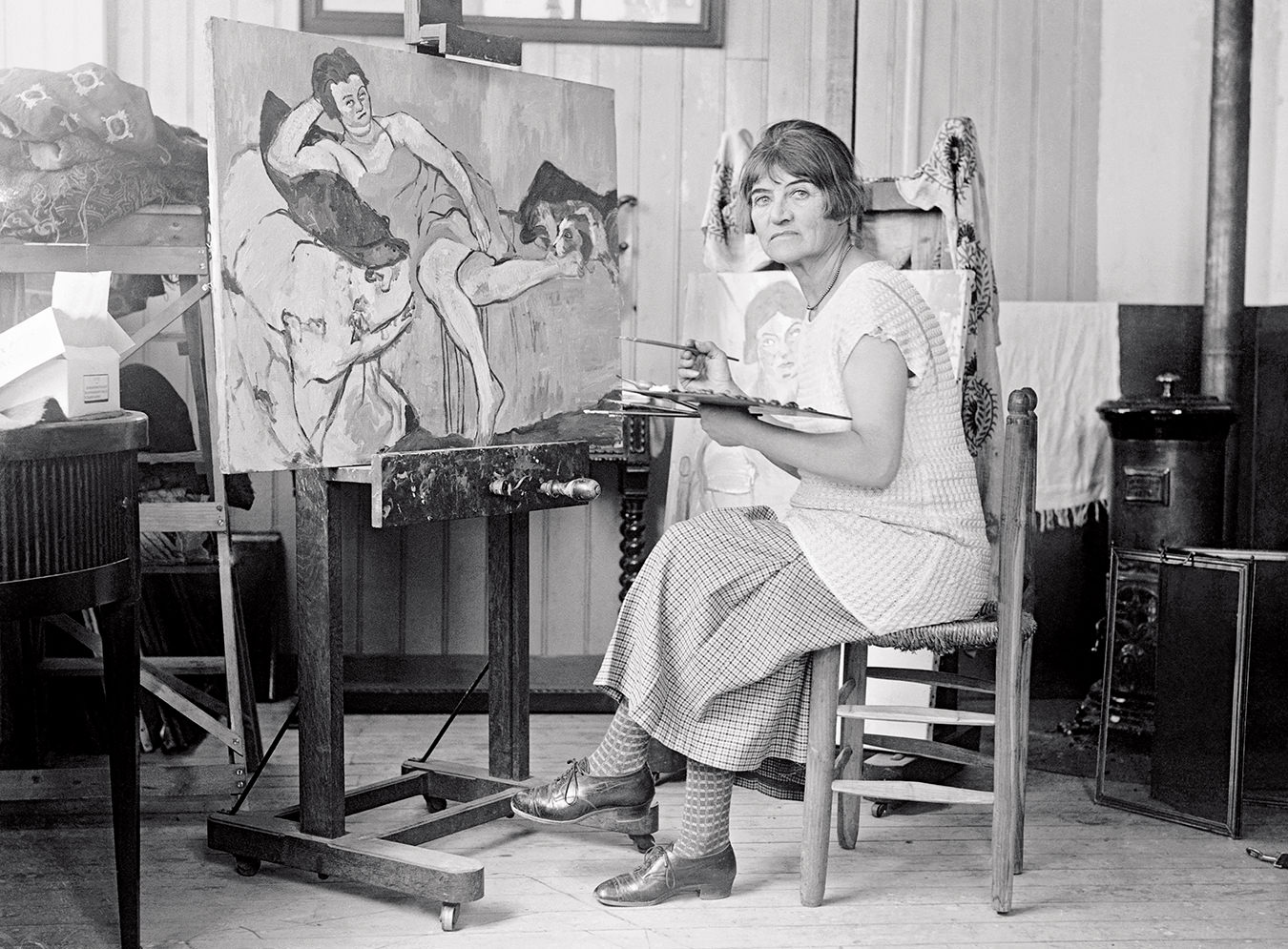The Yule Lads of Iceland: 13 Christmas Trolls
A dark and strange Christmas story.

During the depths of winter, in the heart of a dark and frozen land, stands a small lonely triangle-shaped house. The children of the house are gathered by the fire, wide-eyed. Outside, the wind howls sending icy shards down the chimney and making the fire spit. Tendrils of smoke from the fireplace wrap around the fingers of the parents as they move their hands and spin yarns of giants, ogres, trolls, monsters, elves, and 13 Santa Clauses. It’s December 12th and the children of Iceland are about to be visited by the Yule Lads. The brutal winters did little to chill Icelanders’ spirits, instead it sparked a dark and strange literary imagination that has endured for more than 1000 years.
Pagans have lived in Iceland since the ninth century and to alleviate the colourless winters, they told stories and held roaring parties. The stories have painted the culture of the nation with folklore that endures to this day. Ask any local about their experience of elves and chances are they know someone who knows someone who had some real elf trouble.
When Christianity arrived in the region in the sixteenth century, the parties and stories didn’t stop, they were either absorbed into the Christian traditions or pushed underground. That led to some funny stories too. There was once an entire congregation of partiers in Hruni that were sucked into hell as punishment for their mischief—supposedly. While the Puritanism has ebbed now, the traditions remain, as do (thankfully for us) the stories. Including the story of the Yule Lads.
The Yule Lads began as thirteen evil ogre brothers which parents used to scare children into behaving around Christmastime. Grýla is the mother of the Yule Lads, a horned giant ogress with hooves for feet, an eye in the back of her head, and 15 tails. She snatches up naughty, lazy and rude children into her sack to take back to her home to make stew. Each Christmas, whether she feasts or starves depends on how well behaved the children of Iceland are. Apparently, one year she did starve but unfortunately for Icelandic children, each year she is born again.
In 1746 authorities abolished the use of monsters and ghosts to scare children, putting a stop to the story of the Yule Lads, temporarily. Not unlike the German fairy tales of the black forest, the Yule Lads were made “palatable” in the nineteenth century and remain so to this day. Although locals still talk about Grýla, her sons are no longer evil but agents of mischief who visit children and leave presents in their shoes when they put them on the windowsill (only if they’ve been good. Bad children get a potato, which is better than being eaten). They each have their own night and their own chosen method of chaos. Sometimes you can see each individual Yule Lad ornament on a tree.
December 12: Stekkjarstaur (the sheep warrior) steals milk from the sheep in the barn. Or the fridge if you don’t have sheep, he’s not picky.
December 13: Giljaguar (gully gawk) also has a taste for milk and waits until the milkmaid isn’t looking before stealing the froth of the milk from her pale. He is picky; it has to be fresh.
December 14: Stúfur (stubby) is very small and children need to leave out a step stool for him if their shoe is on a high windowsill. He steals pots and pans that haven’t been washed yet to eat the crust left on the bottom.
December 15: Þvörusleikir (spoon licker) waits for spoons to be set aside before stealing them to lick off the residue. He likes sweet stuff the best and is extremely thin due to malnutrition.
December 16: Pottasleikir (pot licker) licks your pots.
December 17: Askasleikir (bowl licker) is the last of the “lickers” and he will lick your bowls clean.
December 18: Hurðaskellir (door slammer) runs around the house slamming doors in the middle of the night.
December 19: Skyrgámur (skyr glutton) eats all of the Icelandic yoghurt (skyr) in the house.
December 20: Bjúgnakrækir (sausage stealer) hides in the rafters of houses and steals the sausages that’re being smoked.
December 21: Gluggagægir (window peeper) peeps through people’s windows when they aren’t home, looking for things to steal.
December 22: Gáttaþefur (door sniffer) has a giant nose and can smell holiday baking from miles away. He sniffs out your kitchen and steals your cakes.
December 23: Ketkrókur (meat hook) lowers a hook down the chimney to steal smoked meat or whatever’s cooking on the hearth.
December 24: The last Yule Lad, Kertasníkir (candle beggar) would steal and eat the candles that were traditionally gifted on the 24th to brighten up the dark winter. Now that candles are no longer made of animal fat, we assume he just collects them. Or else he probably has some massive stomach problems.
The Yule Cat: The giant feral Yule Cat prowls Iceland on Christmas Eve looking for children who are not well dressed or wearing new clothing. If the Yule Cat finds one, he eats it. No one knows where it comes from or where it goes, but on dark nights at Christmas you can hear it caterwauling.
________
Never miss a story. Sign up for NUVO’s weekly newsletter here.




